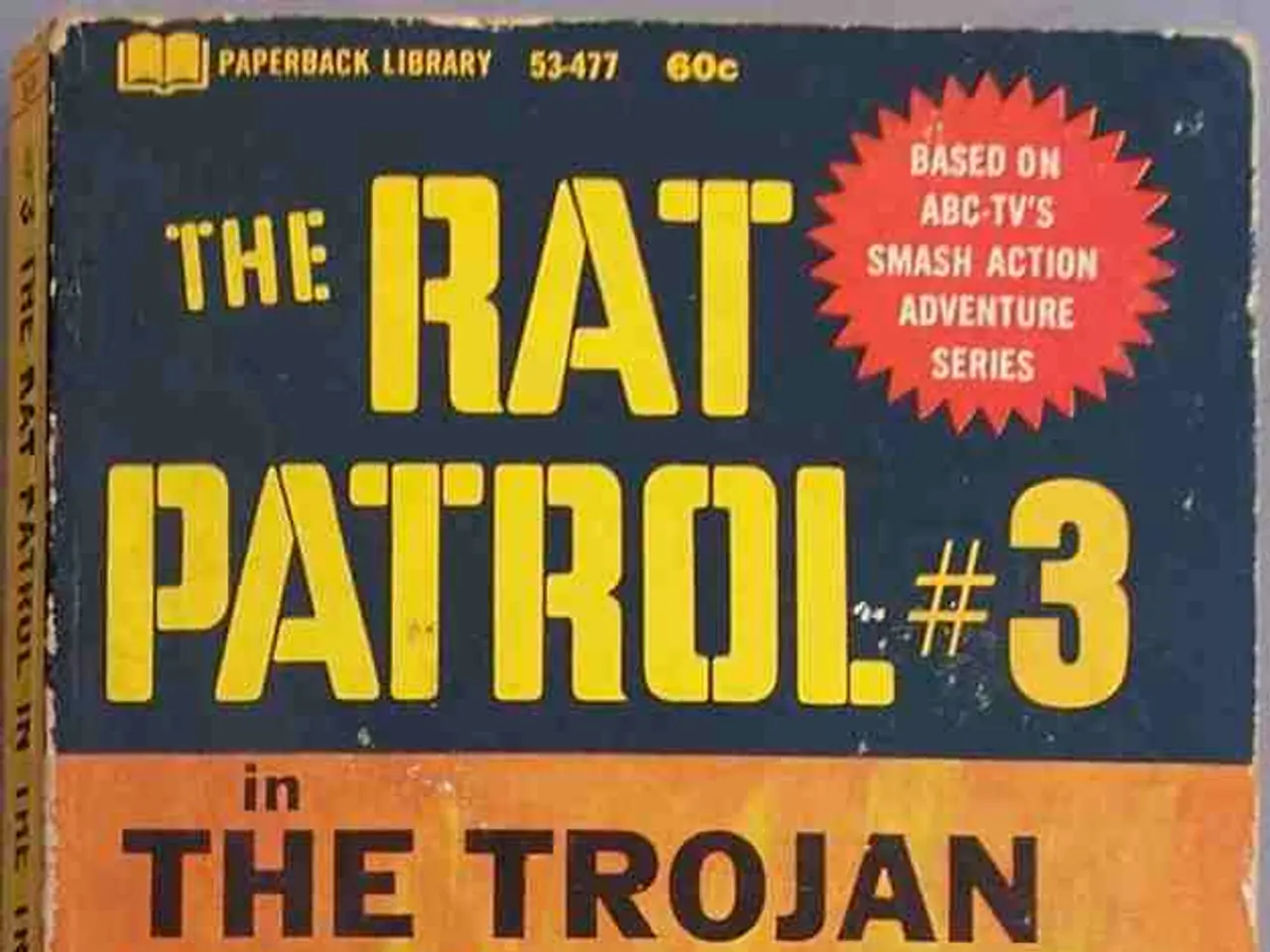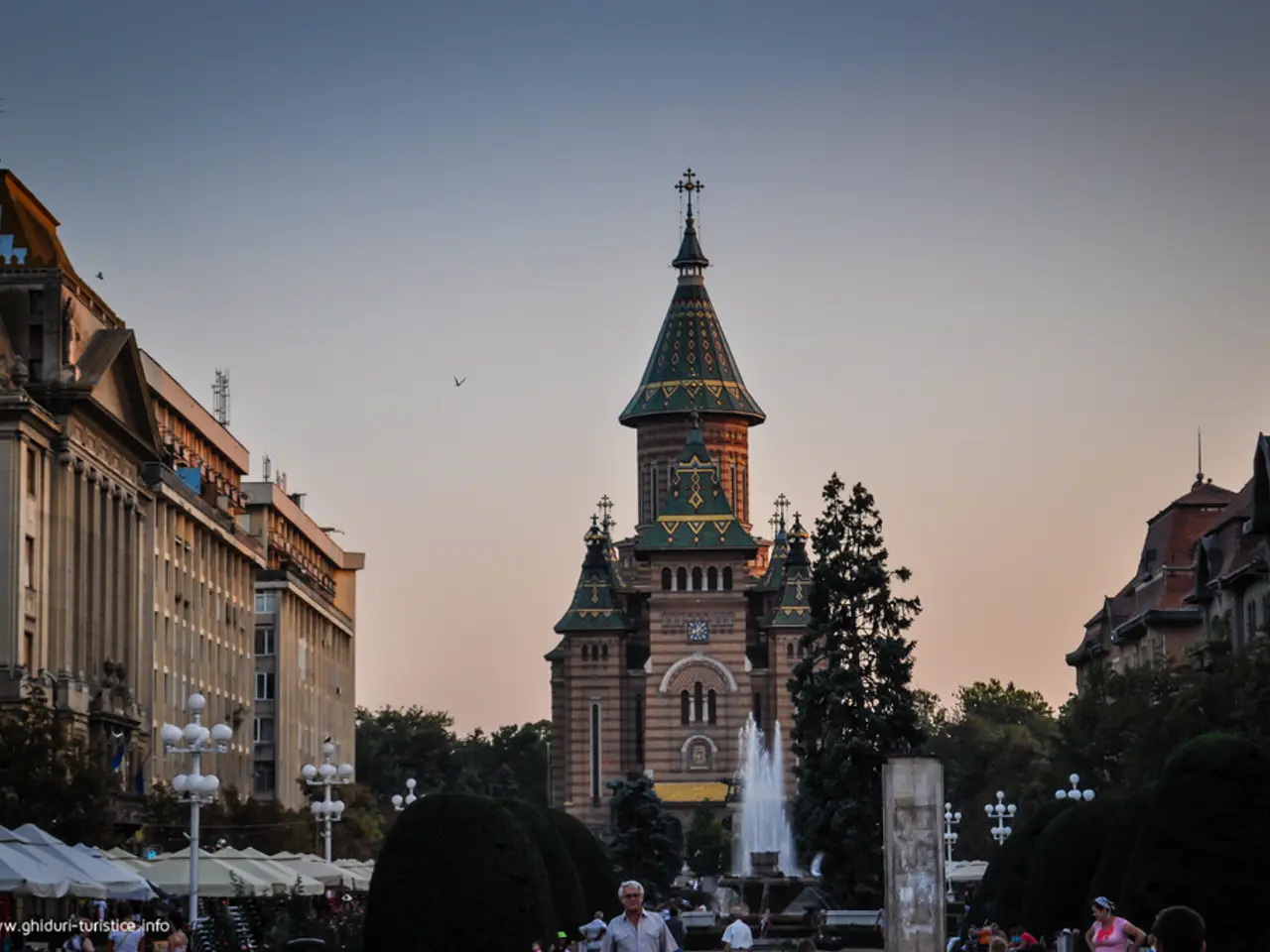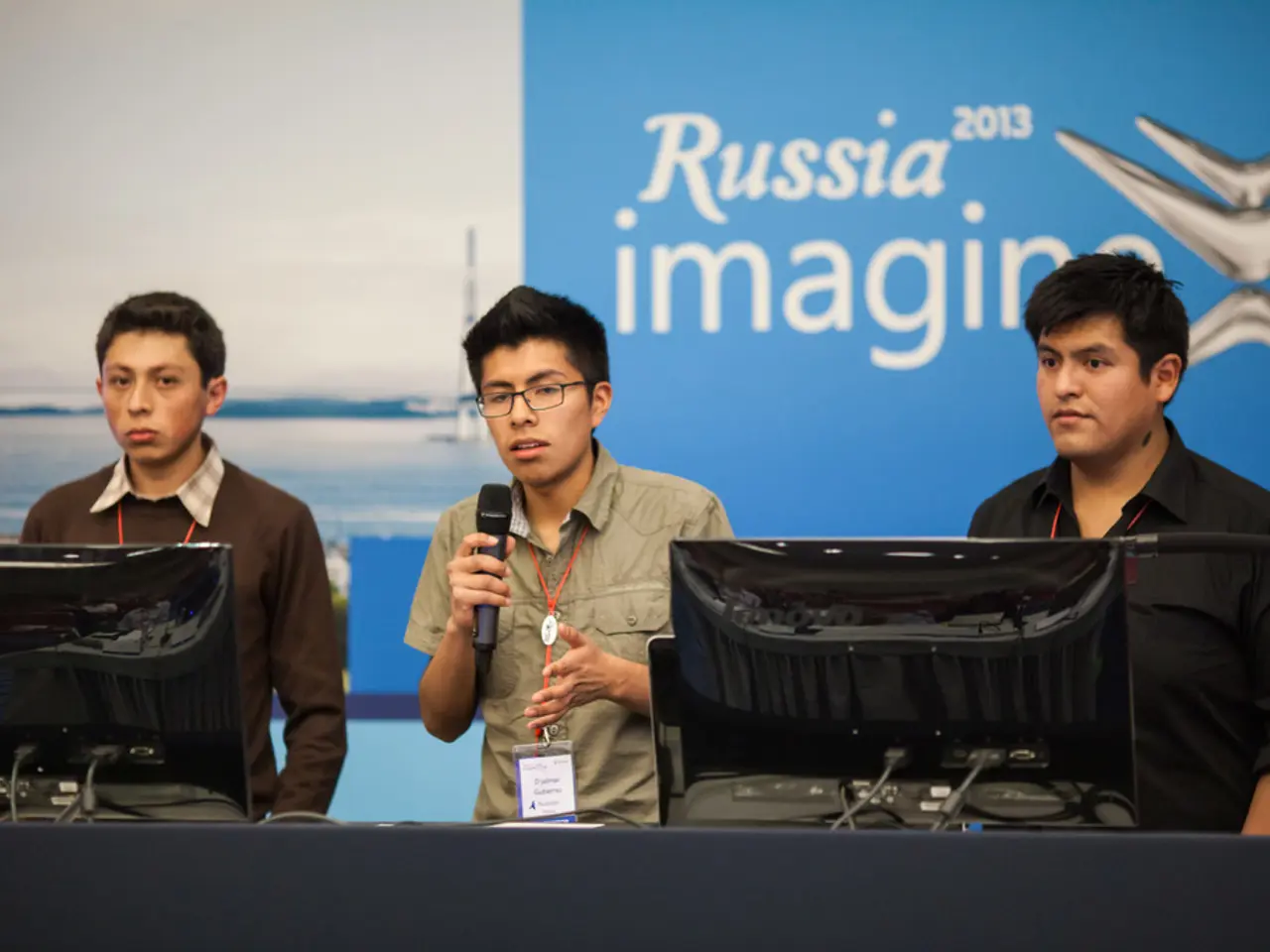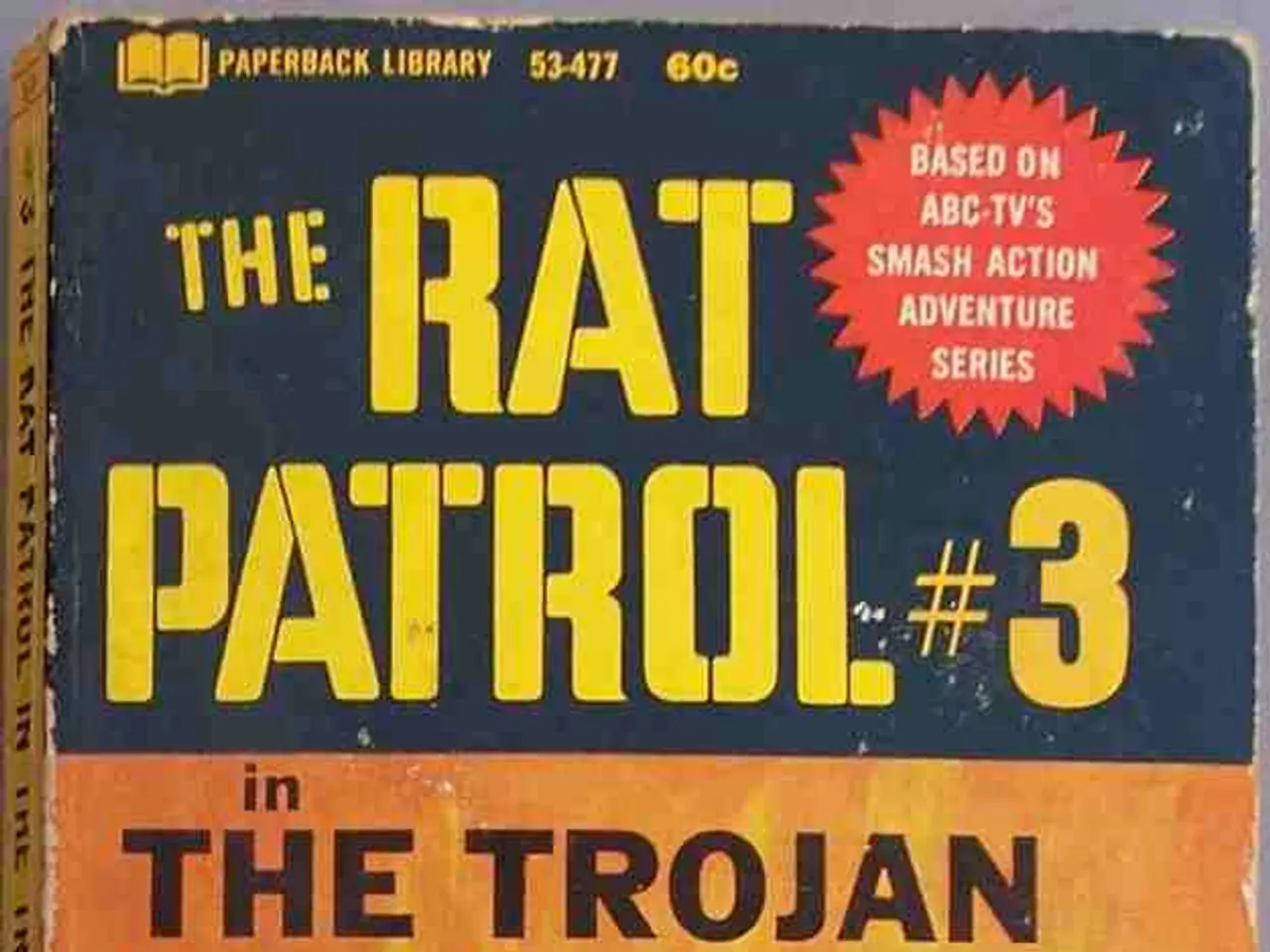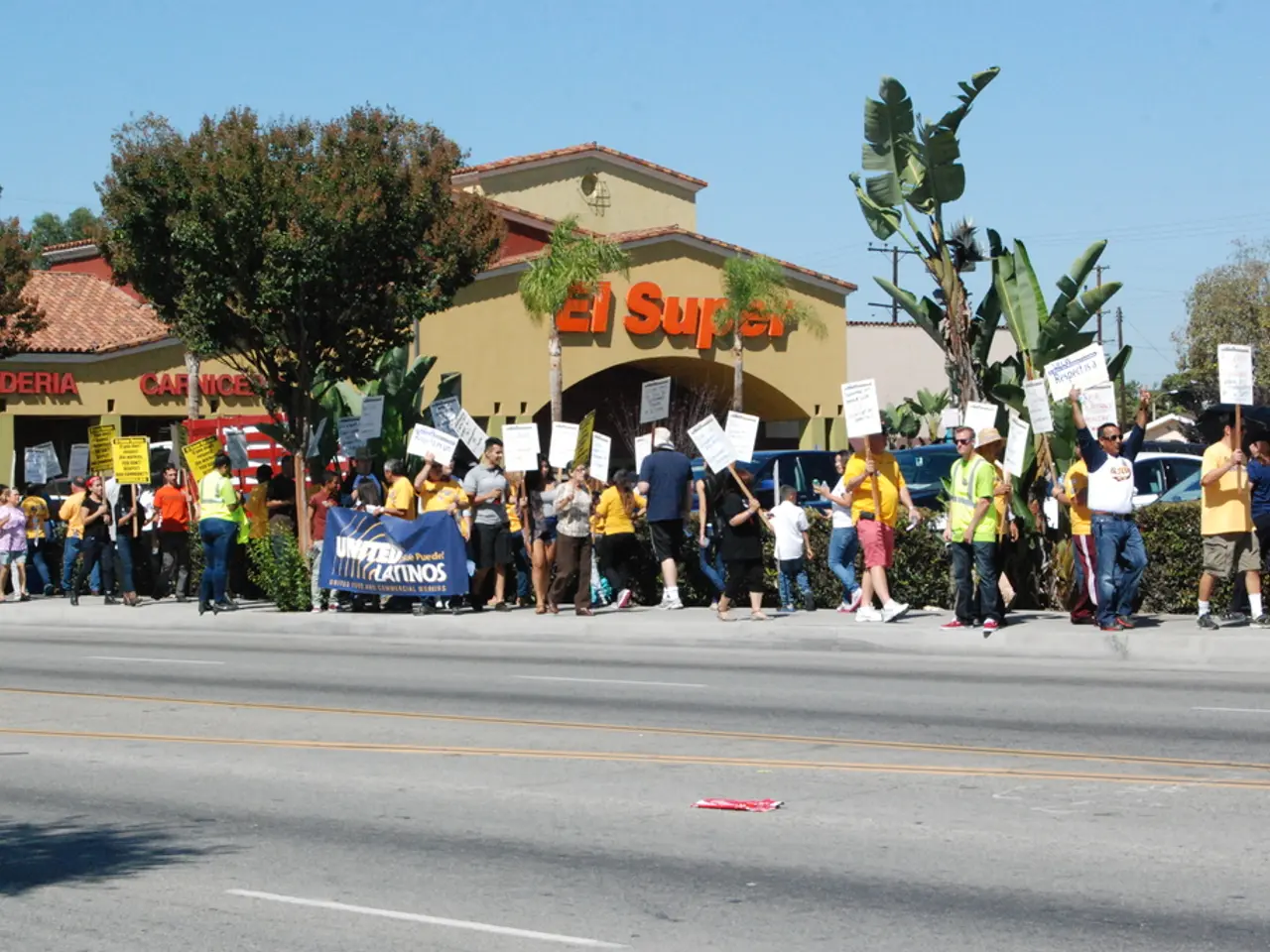Iran's advisement to Meloni: "Exercise prudence and keep Italian soldiers clear of the ongoing conflict"
In the volatile Middle East, tensions are running high as Iran moves closer to nuclear capability. The International Atomic Energy Agency (IAEA) has estimated that Iran possesses enough nuclear material to produce up to nine nuclear weapons if it enriches uranium to 90%, a significant advancement in Iran's nuclear programme [1].
The IAEA Board of Governors declared Iran non-compliant with its nuclear safeguards in June 2025, following Iran's announcement to accelerate its nuclear programme [1]. Negotiations with European powers, a forum including China and Russia, and indirect talks with the United States have been disrupted, notably following Israeli strikes on Iranian nuclear facilities in June 2025 [1][4].
Experts conclude that these strikes have only modestly delayed Iran's nuclear timeline. Iran could still produce enough uranium metal for a nuclear weapon in weeks or even days without the targeted facilities, underscoring the robustness of Iran's programme despite recent setbacks [3]. The IAEA warns of serious concerns regarding Iran’s nuclear weaponization efforts progressing covertly, out of inspectors’ view [2].
The potential global implications are serious. Iran’s near-nuclear capability and ongoing acceleration of its program heighten tensions in the Middle East, particularly with Israel and the United States. Israeli strikes reflect growing concerns about Iran’s nuclear ambitions and the risk that Tehran could destabilize the region by developing nuclear weapons [3].
If the US attacks Iran again, Iran may withdraw from the Treaty on the Non-Proliferation of Nuclear Weapons (NPT) [5]. Iran may also launch direct attacks on US forces, bases, and aircraft carriers in the Gulf and Middle East, and could block the Strait of Hormuz or escalate attacks against Israel [6].
Observers suggest that sleeper cells could activate for asymmetric attacks in case of retaliation, a strategy advised by Hojjatoleslam Mostafa Milani Amin, a high-ranking Iranian political and religious representative [7]. The internet plays a significant role in the shift in perception towards the US and Israel, with thousands of independent media outlets and journalists, including many in Italy, contributing to this shift [8].
Notably, the ayatollah, Ali Khamenei, has recently reappeared in public, and Russia's Vladimir Putin could potentially play the role of an ally to Iran [6]. The Iranian response to the US attack on its nuclear facilities was a symbolic attack on a US military base in Qatar, and the damage inflicted on the nuclear facilities targeted was partial, not irreparable [9].
The potential conflict in the Middle East could result in severe losses for the US, especially in terms of soldiers. The US and Israel are increasingly hated worldwide, with people no longer believing their propaganda [10]. Rafael Grossi, the Director General of the IAEA, confirmed that the Fordow nuclear site is indestructible due to its great depth [11].
As diplomatic efforts continue to falter and military tensions rise, the risk of broader regional conflicts and complications to global non-proliferation and security frameworks increases. The situation remains precarious, with both sides seemingly edging closer to confrontation.
The ongoing escalation of Iran's nuclear program, highlighted by the International Atomic Energy Agency's (IAEA) concerns about Iran's covert nuclear weaponization efforts, raises average concerns about the potential for war-and-conflicts in the Middle East. The volatile political climate, marked by diplomatic disruptions and shifts in public perception driven by independent media, calls for increased strategy and policy-and-legislation to address this general-news issue.
